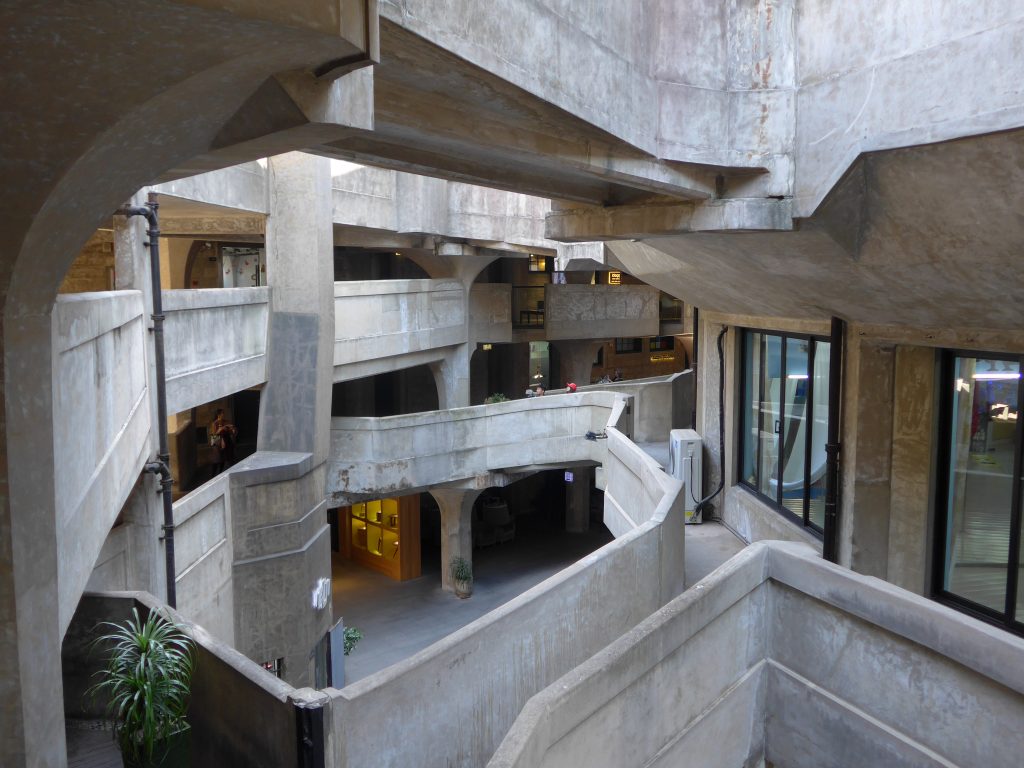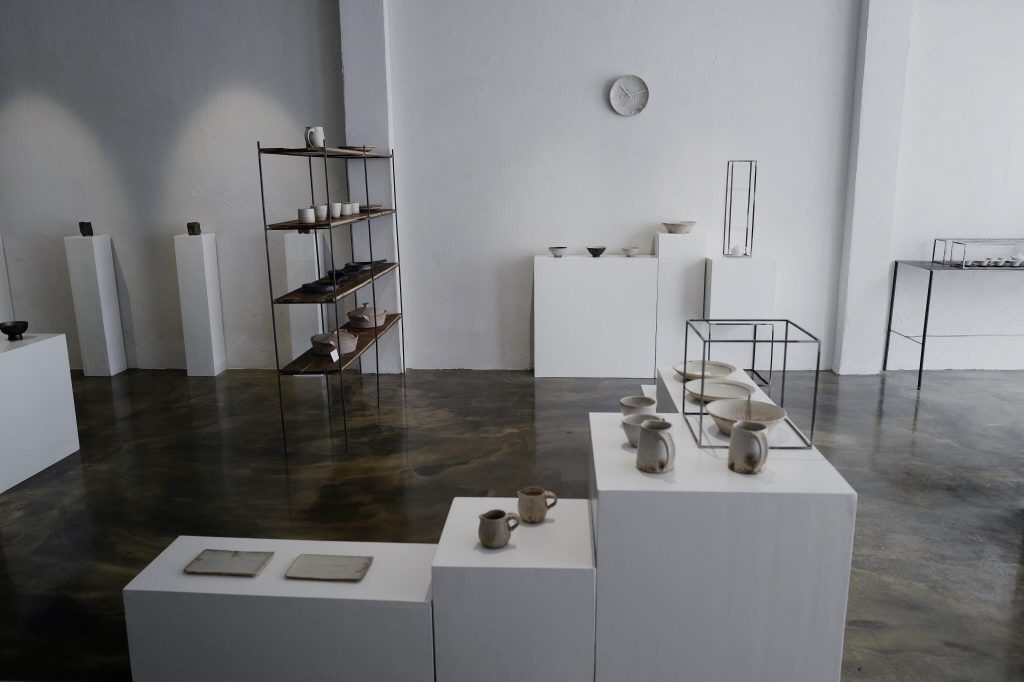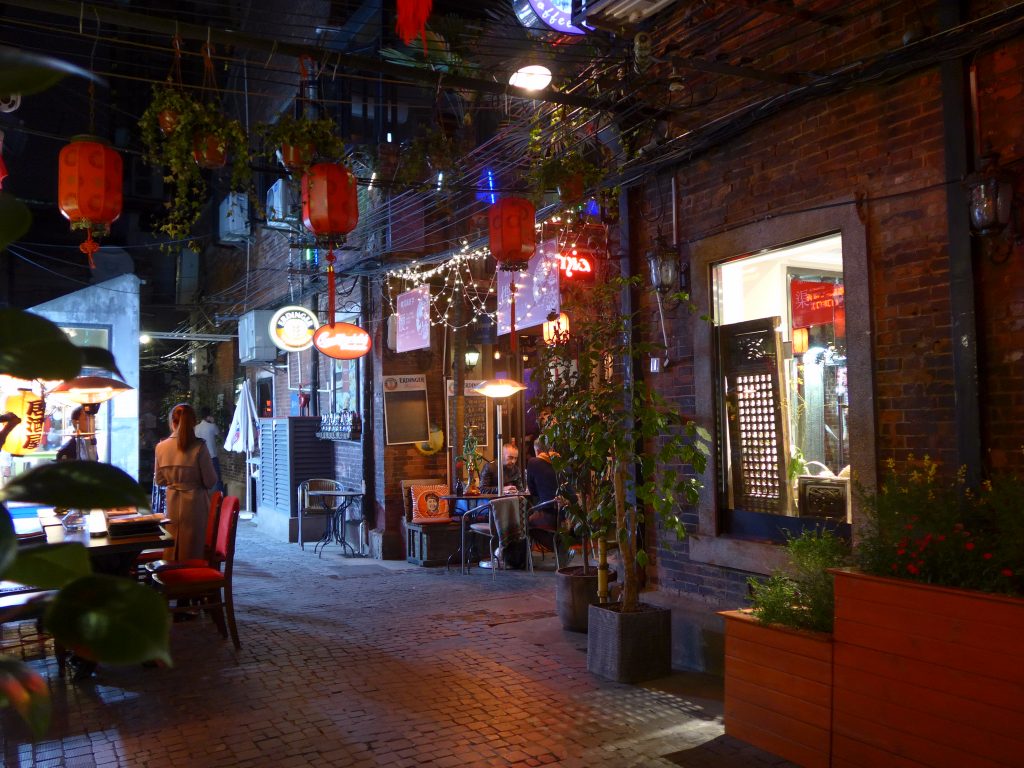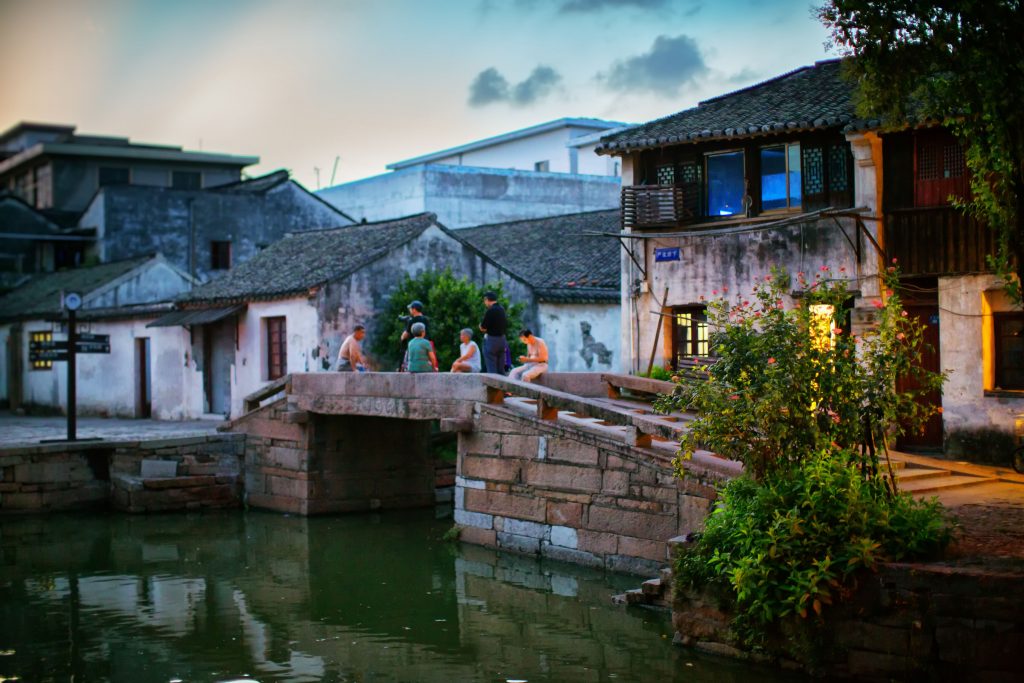Word of Mouth: Shanghai
Tea shops in Tianzifang, bars in Xintiandi, and so much more in the exciting city

Possibly the most populous city in the world (recently estimated at 25 million) and growing at an extraordinary rate of 700,000 to 800,000 people a year, Shanghai—the “City on the Sea”—surprises. There are so many dualities: old and new, city and coast, order and chaos, global yet decidedly Chinese. These juxtapositions play out on the streets—bicycles powered by feet zipping in between hybrid electric vehicles, laundry hung out to dry outside apartment buildings on every available surface (even on electrical wires) while skyscrapers loom in the background, aunties and uncles practicing tai chi and playing mahjong in the park while paying for the day’s groceries over WeChat. In our few days there, we saw a glimpse of a future powered by surveillance AI technology and a censored internet, yet we also reckoned with how outdated home felt in contrast. As first-timers to the city, here’s how we spent a few days in Shanghai after taking our mandatory shot of the Bund skyline from a rooftop.

Shanghai Slaughterhouse
In the Hongkou district stands a relic from 1933: a former slaughterhouse that’s now a mixed-use building. The concrete structure itself feels like a medieval castle—with chin-high walls cool to the touch, uneven levels, unclear staircases, dead ends, bountiful shady outdoor seating, with natural sunlight streaming through unexpected pockets. There’s even old confinement rooms, formerly for cows in quarantine, that still have been preserved on the first floor. Ultimately it’s a place photography and architecture enthusiasts will want to explore, but there’s also restaurants and stores within. On the first floor there’s Pidan, a store from the future which stocks products for pets—from litter boxes to pet hair conditioner. The slaughterhouse’s other tenants are diverse: a DJI Osmo store, designer timber furniture, a dog cafe, women sewing clothes behind a glass wall, a fitness studio and more.

Jiemo Gallery
An arts and crafts destination, Jiemo Gallery curates and sells work from Japanese artists. We were captivated by the simple and effective presentation, starting with the use of natural light. With one-of-a-kind ceramics, glassware, tea products, plates and coffee pour-overs by studied makers experimenting with old and new techniques, this is a space where utensils used in everyday life are art. A walkthrough triggers the impulse to purge the mass-produced pieces back in the home or office kitchen, and offers a reminder of the beauty in something as uncomplicated as a cup.

Jia Jia Tang Bao
Shanghai’s best-known savory export is xiaolongbao—delicate dumplings full of minced meat and soup that seem to defy physics. One of our favorite places to get soup dumplings in the city, Jia Jia Tang Bao opens at 6:30AM and closes when they feel like it. The employees make your order on the spot, from rolling out and pleating the wonton skin to steaming in bamboo baskets to serving the cramped table you’re sharing with three strangers. We ordered 12 pork/crab dumplings, clear-ish seaweed and egg soup, and ginger julienned into whiskers in soy sauce (which cost under $7). The light and airy soup, with its saltless umami, washes down any lingering dribbles of fatty grease after each experiential soup dumpling. There’s little else to order (except XL-sized Tsingtaos and duck-blood soup—which is not as scary as it seems), and we left satisfied.

Tianzifang
Save your shopping money for this tiny section of the French Concession—a territory under French rule until it was relinquished back to the city in 1946. Today, the French Concession is considered prime real estate, yet the extremely charming neighborhood of Tianzifang has been marvelously preserved as one of the last places to experience 1930s architecture in Shanghai. Sure it beckons to tourists, but it’s a beautiful, slow meander through the maze of boutiques and interconnected narrow alleyways and even a few outdoor beer gardens. Stop for a cup of coffee at Cafe Dan (run by a retired Japanese physics professor) for a birds-eye view from the third floor.

Qiao Bing Shan Fang
This independent tea shop is located just a 10-minute walk from the Tianzifang neighborhood. Within the serene environment is a selection of teas in beautiful paper or tin packaging at reasonable prices. We also found discs of white tea aged for 17 years. The minimalist, unassuming teapots for sale (made from unglazed clay) tell an incredible story of nature meeting craftsmanship. Teapots made from Yixing clay are especially prized because the porous material absorbs tea oils and “give” back a dimensionality of accumulated oils over months and years. Hence, after an initial “seasoning,” they’re never washed with soap (only water) and it’s recommended that you use one vessel per type of tea family—don’t use the same one for green and black tea, for example. The tea shop employees are welcoming, well-versed in English, and upfront about which tea wares are half-handmade, half-machined. They also offer tea ceremonies in the back if you want to stay for a few hours.

Funky Monkey
Just a 10-minute walk from the glitz of Xintiandi’s shopping arena lies what could possibly be the perfect bar. On a Saturday night at Funky Monkey, there’s seating aplenty, the alcohol selection is as adventurous as it is serious (150 whiskies, 105 gins, 35 rums, 1 Korenwijn, and 1 lambanog—that’s corn wine and coconut wine), and music from another decade plays softly. (Their website states: “No Celine Dion, Pitbull, or Xmas music.”) Owner and man-behind-the-bar Jeff Buck—who is UK-born—sets the welcoming, relaxed mood and accepts most of his payments through his smartphone—like everywhere else in Shanghai, 95% of his customers pay through WeChat or Alipay, but the visitor can get by with old-school cash. There’s an upstairs nook for even more privacy, though the bar itself is already located on a pretty quiet residential street.

Day Trip: Suzhou
If you have enough time, take the bullet train west to Suzhou for a day trip. In 30 minutes, you’ll be in the “Venice of the East,” where canals, rivers, and lakes flow through the water town—plus a few UNESCO World Heritage Site-designated gardens. Musée du Louvre and Pritzker-winning architect IM Pei spent his childhood summers here and later designed an extraordinary museum in Suzhou—a harmony of geometry, natural light and context. Unlike some of its institutional counterparts, the Suzhou Museum conveys humility and understanding of its place by way of its pointed choice to blend in with its surroundings. Last but not least, the city’s historic silk production and handmade embroidery traditions live on through places like the Embroidery Research Institute and the still-functioning No. 1 Silk Factory; it’s not every day that you get to see silkworms in action.












